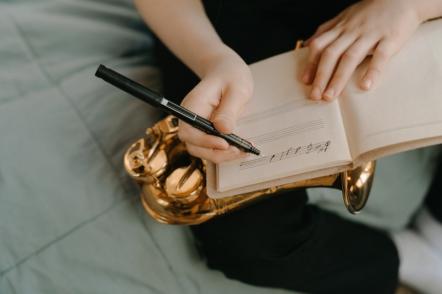New York, NY (Top40 Charts) When it comes to learning music, few things can be as daunting in this journey as reading music. A lot of people struggle with reading a music sheet when they're first starting out. Some professional musicians even have a hard time with sight-reading, even though they might be quite proficient with the instrument. Like with any other part of your music learning journey, the key is practice and consistency. These are some simple tips that will help you read music better.
Learn Key Signatures
If you want to read a music sheet efficiently and quickly, then you must learn key signatures and memorize them. You need to know how many sharps and flats are there in the key you're playing so that you would instinctively play the right note when it is time. If you don't know the key signature, then you will take a split second to check while sight-reading, which means you won't be playing as fast and smoothly as you should. In short, you need to learn key signatures so you could read music better. It will take time, but with some practice and focus, it will make your reading and playing significantly better.
Technical Practice
You need to practice sight-reading so you can get better at reading music, and there is no way around it. The more you practice, the better you will get. So, make sure that technical sight-reading exercises are a part of your daily practice. You can download worksheets from HelloMusicTheory.com to help you with this part. Printing a PDF with different exercises to improve your sight-reading means you will practice a new piece every day, thus flexing your reading skills. If you keep exposing yourself to different worksheets with varying notes, you will train your mind to read the notes faster and more efficiently.
Understand Rhythm
You cannot possibly read music efficiently and quickly without a thorough understanding of rhythm. In simple terms, rhythm determines how you will play the notes written in front of you on the music sheet. There are several forms and time signatures that you need to understand so you could easily play them whenever they cross your path. Playing a 4/4 music piece is different from a 3/16 or other compound forms. This is why you need to memorize the different rhythms and how each is played so you could play any complex forms that you find without stopping to think.
Don't Look at Your Hands
It sounds hard, and it might be at first, but you need to be able to hit the right keys without looking. Your eyes will be too busy reading new notes and they can't be mindful of each key you hit. So, you have to practice to play without looking at your hands. This way, you can focus on reading the new notes while your hands play them correctly.
Try Different Genres
It's fun to play the music that you like and enjoy, which is why most people pick up an instrument in the first place. However, if you want to get better at sight-reading, you need to try playing different genres. With sight-reading music you are not used to, there is no telling what you might find, and you will learn from this exercise. You might stumble upon complex rhythms, strange time signatures, and different ideas that will help you improve. Do this, and no new music sheet would scare you, because you've already practiced playing everything from classical music to rock and jazz, so you can sight-read anything.
Start Slow
You will not be able to read entire sonatas or rock ballads in the first few months. It needs time, and you need to take it slow. Always practice at a slow tempo so you can master reading the notes. If you try to play too fast, you will make mistakes and you won't be able to properly sight-read. So, always take your time and start at a slower pace until you feel it is time to play the piece at its speed. Only then will you find that reading music is easier and more manageable.
Like in life, it's important to look ahead while sight-reading music. After playing a note, always quickly look ahead to the following one, and keep it like that. Your eyes need to be a beat ahead of your hands so you could play without stopping. Reading music easily is a process that takes time and practice and you won't be perfect overnight. However, with enough practice and dedication, it won't be a problem and you can move on to other phases of your musical journey.





















